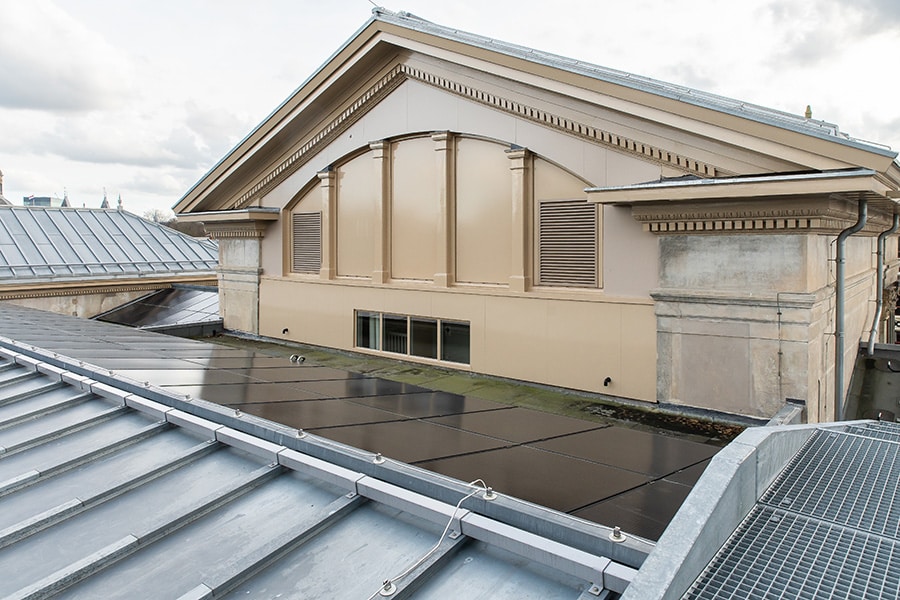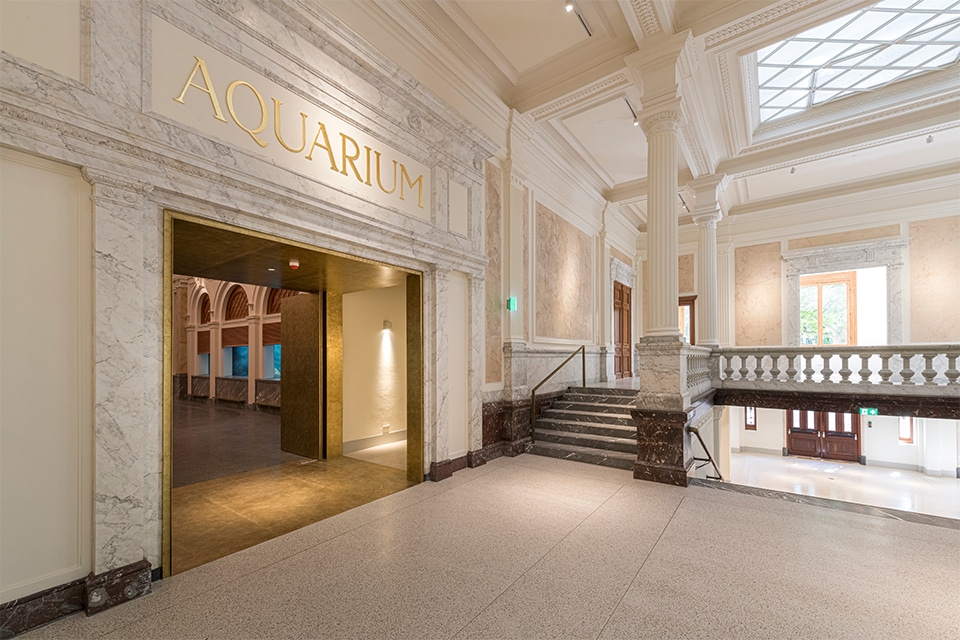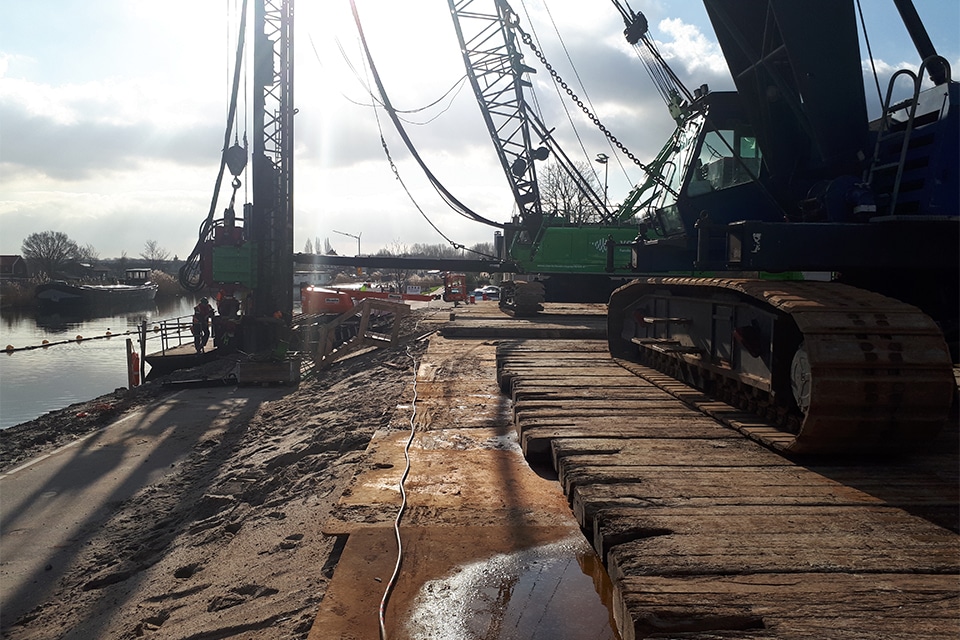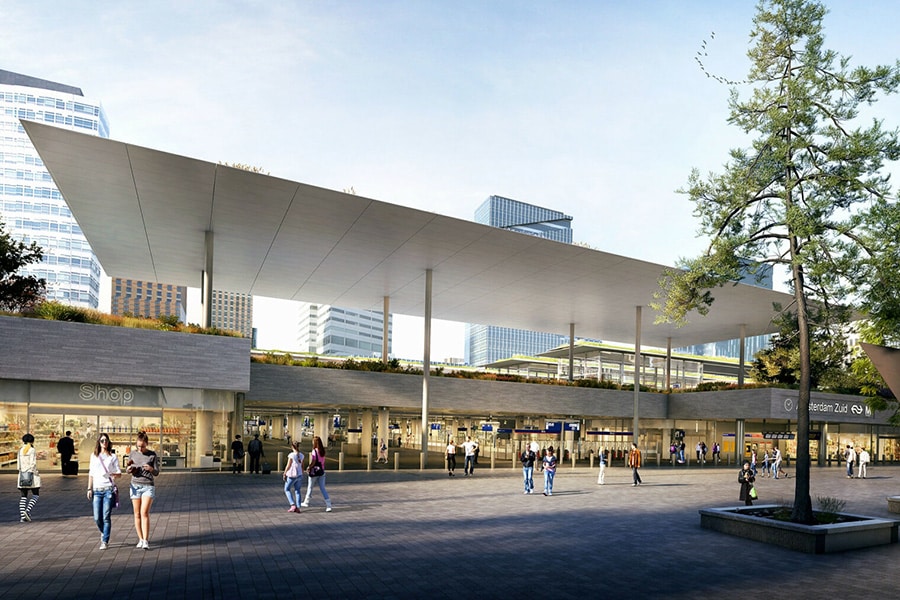
Landscape guiding construction of Blankenburg connection
To prevent congestion around the Port of Rotterdam from increasing, consortium BAAK is carrying out the creation of the Blankenburg connection on behalf of Rijkswaterstaat. This new freeway (A24) will connect the A20 near Vlaardingen with the A15 near Rozenburg.

BAAK is a consortium of the collaborating companies Ballast Nedam, Deme Group and Macquarie. In 2017, client Rijkswaterstaat chose the plan submitted by this consortium for the design, realization and maintenance of the future Blankenburg connection. This new connection will be about 4.2 kilometers long and will run from the A20 west of Vlaardingen to the A15 on the east side of Rozenburg. Via the Maas Delta Tunnel, some 900 meters long, the connection will pass under the Nieuwe Waterweg/Scheur River, with the 500-meter-long Holland Tunnel on the north side. "To date, only the A15 freeway provides access to the Port of Rotterdam. The 'Rotterdam Vooruit' study revealed around 2010 that an additional access between the A20 and A15 was needed, because otherwise the risk of congestion at the Beneluxtunnel, among others, would increase enormously in the coming years," says Laurens van Tiel, Spatial Quality Advisor on behalf of Rijkswaterstaat.

BAAK's plan particularly appealed to the government organization because the consortium already took into account reducing disturbance to the surrounding area as much as possible during the construction of the new connection. "Initially, the future Maas Delta tunnel was to consist of five different immersion sections. However, BAAK came up with the plan for two tunnel sections instead of six tunnel elements, as in the reference design," Van Tiel explains. "This causes less disruption to shipping by requiring fewer obstructions to the waterway. In addition, BAAK uses the land tunnel for its own logistics, so materials and equipment are not transported over the existing local roads."

Fitting into landscape
However, the most special thing about the future A24 highway, according to Van Tiel, is how the Blankenburg connection will be fitted into the landscape. "In the design, the landscape was constantly leading. On the one hand, we want to show motorists the size and industrial of the Port of Rotterdam," he says. "On the other hand, the new highway must disturb the green recreational areas present, such as the Krabbeplas and the Oeverbos, as little negatively as possible. This is why, near the port area, we chose a junction with the A15 with fly-overs and, in the northern, natural part, a connection with the A20 with dive-unders." The clear view over the peat meadow area of Midden Delfland thus remains open.
In addition, the arrival of the underground Holland Tunnel will reduce noise pollution. To meet noise standards, BAAK is using quieter asphalt. Furthermore, the current noise barriers will be raised quite a bit. BAAK and the Department of Public Works have engaged ecologists to walk around constantly during construction to minimize nuisance to plants and animals. "For the construction of the Maas Delta Tunnel ramp, for example, we had to remove reeds. On the advice of the ecologists, we delivered that reed to the Delfland Water Board so that they could use it for the construction of a so-called water harmony. This is how we try to be smart with residual material and together create quality for the area."

Construction to start
Construction of the connection started in 2018. Last July, for example, construction of the capping elements of the Maas Delta Tunnel began and the first tunnel floor was laid in the deepest construction pit on the Rozenburg side. For this, underwater concrete was poured for 60 hours in a row. In the coming period, Rijkswaterstaat will work toward the climax, where BAAK will take care of sinking the two tunnel sections of the Maas Delta Tunnel. Built near Rozenburg, the tunnel sections are expected to be sunk between the north and south banks in the spring of 2023. The Blankenburg connection is scheduled to open in 2024. Some 68,000 motor vehicles are expected to use the connection in 2030.




